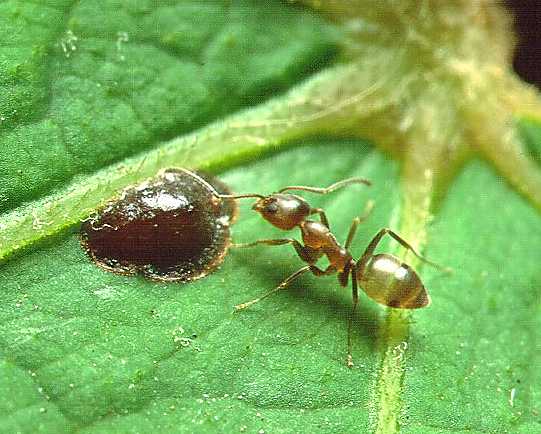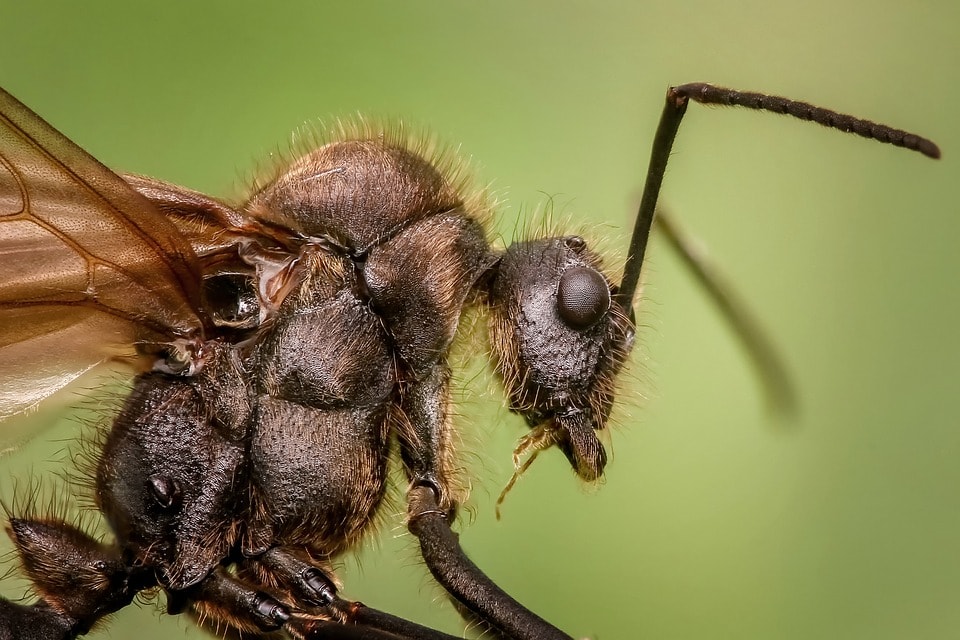Types of Ants:
Know the Tiny Pests that Infest Your Property
There are over 12,000 known ant species worldwide and 700 of them in the United States. However, only a few of these are likely to interfere with the tranquility of your home. When you’re experiencing infestation problems from ants, you can count on our ant exterminator in NYC.
Without much ado, let’s have a look at some of the most common ant types inside or near your home or business.
#1. Argentine Ants

Argentine ants are prominent the most in the Southern United States. An Argentine ant measures about 1/8 inch long and produces a musty smell if crushed.
Its body color ranges from light brown to dark brown. Plant nectar, live and dead insects as well as honeydew from aphids, scales, or mealybugs, among other insects, are the most favorite food for Argentine ants.
Habitats
Argentine ants, just like the majority of ants, are social insects. They live in large colonies and usually move in wide trails.
Some of the places that you are most likely to find these ants include at plant bases, in piles of trash and under stones or wood.
When the weather is cold, the ants form nests in open areas while during the warm months, they shift to shaded areas.
#2. Carpenter Ants

Carpenter ants are a hazard to your property as they can cause serious damages to the wooden parts. The adults are typically reddish black, and each is approximately 5/8 inch long. They can be found anywhere in the United States but more common in the northern part where the climates are cold and damp.
Habitats
They form their nests inside the wood, and they do so by tunneling through it. That’s how your wooden structure comes on the receiving end in case of a carpenter ant infestation.
#3. Crazy Ants

Crazy ants are black to brown and have very long legs as well as antennae. If disturbed or when searching for food, crazy ants move around or run in an erratic, jerky manner, and this habit made them earn their name (crazy). Unlike some other ants, these don’t have stingers.
Habitats
Crazy ants are spread in the entire of the United States but most rampant along the Gulf Coast. They usually nest in moist or dry places.
Outside human dwellings, they build their nests in dense vegetation, mulch, trash, soil or plant or near structure foundations while indoors, you can spot them beneath your carpers or inside wall spaces, among other places.
#4. Odorous House Ants
Odorous house ants are called so because they produce a foul smell, like that of a rotten coconut, if they happen to be crushed. An adult odorous house ant is dark brown or black, and its length ranges from 1/16 to 1/8 inch.
Although they are unlikely to cause any damage to your structures, odorous house ants should not be welcome at your place since they can soil food.
Habitats
Odorous House Ants can be found anywhere in the United States but less frequent in arid areas. They prefer nesting outdoors, especially in exposed soils.
They build their nests in piles of materials like wood or rocks. Indoors, these ants are most likely to be spotted in kitchens and bathrooms, especially inside wall voids.
#5. Pavement Ants
An adult pavement ant is dark brown or black, and its length is approximately 1/8 inches. Pavement ants are called so due to their tendency to build nests inside or beneath pavement cracks. The presence of these ants near or in your home or should not be entertained since they can contaminate food.
Habitat
Pavement ants are most prominent in the southern United States. They live inside or beneath pavement cracks, especially near foundations of structures or in landscape areas.
Those are some of the most common US ants. If you have spotted any of them near your home or your business property, it is essential that they are eliminated as soon as possible since they certainly affect you negatively in one way or another.***
Related Articles:
[catlist name=”Ants”]

